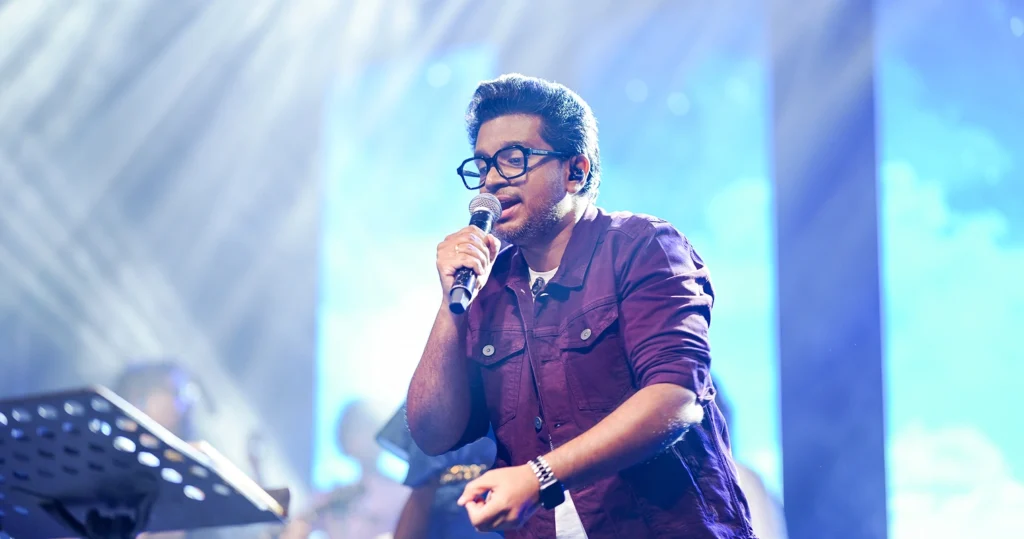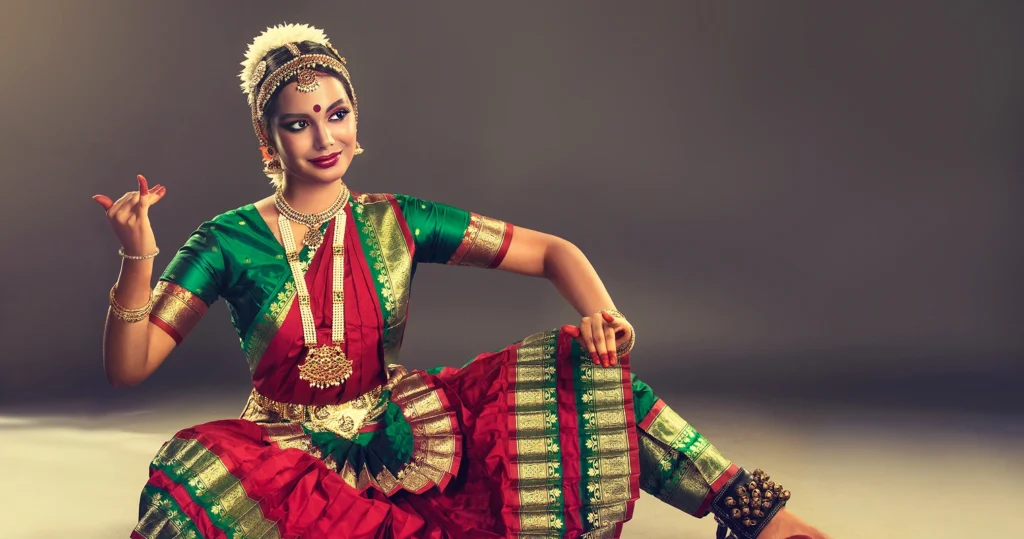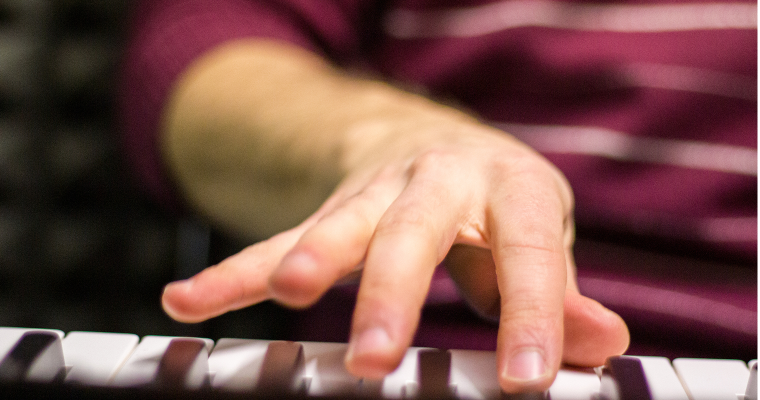Difference Between Hindustani and Carnatic Music
When we hear ‘India’, we hear ‘Culture’, we hear ‘Tradition’, we hear ‘Music’. Yes, India is a land of rich classical music, which is often classified into two main styles: ‘Hindustani’ and ‘Carnatic’. Some of you might have heard these names before, while these would be new to some. But don’t worry, because we will give a clear introduction of the two and will also help you understand the differences between them. Yes, they differ in presentation, instruments, vocal styles, and theory.
So, get ready to explore the melody of two major Indian classical music styles. We hope you sing along!
Carnatic Music vs Hindustani Music: An Analysis of Two Classical Indian Music Traditions
To help you understand, let’s put it in simple terms— Carnatic classical music originates from South India and is more composition-based. Yes, it places a strong emphasis on fixed musical compositions and is often performed in temples and religious settings. Yeah, now you are getting there! Knew the music but didn’t know the name, right?
On the other hand, Hindustani classical music comes from North India and is more improvisational in nature. Why improvisational? Because it has been influenced by Persian and Islamic cultures due to historical invasions. Hence, it has evolved in different ways over time.
Both these forms aim to bring out emotions and spiritual experiences. But as we mentioned, their styles, techniques, and elements make them unique.
What are the similarities between Carnatic and Hindustani music?
Before we set them apart, let’s give you some similarities between them.
- Both are based on the concepts of raga (melodic framework) and taal (rhythmic cycle).
- Both use improvisation but in different proportions and forms.
- The goal of both styles is to express emotion and devotion.
- They follow the system of Indian classical music vocal training.
- Traditional instruments like the tanpura, mridangam, and tabla are used in both systems.
3 Core Genres of Hindustani Classical Music
1. Dhrupad:
This is the oldest and most traditional form of Hindustani classical music. It is very disciplined and spiritual, often sung in a meditative style.
2. Khayal:
The most popular and widely performed genre in Hindustani music, which allows more flexibility and improvisation than Dhrupad.
3. Thumri:
A semi-classical form, Thumri is lighter, emotional, and often romantic. It is expressive and often used in dance performances.
Differences Between Hindustani and Carnatic Classical Music
Now is the time! Let’s dive into a more detailed Hindustani and Carnatic music comparison:
- Vocal Usage:
Carnatic music places more emphasis on vocal compositions. Even instrumental pieces follow vocal patterns. On the other hand, Hindustani music allows instrumentalists more freedom.
- Melodic Improvisation and Ornamentation:
Hindustani music includes more gradual and slow improvisations. Carnatic music, on the other hand, uses fast-paced and complex ornamentation (called gamakas).
- Shruti (Microtones):
Both styles use shrutis, but their approach to pitch bending and microtonal use differs.
- Gayan Samay or Time for Rendition:
In Hindustani music, specific ragas are sung at specific times of the day or night. Carnatic music does not strictly follow this rule.
- Pitch:
Carnatic music, in most cases, uses a higher pitch range than Hindustani music.
- Rhythmic Cycle or Taal:
While both use taals, the structure and names of rhythmic cycles differ. For example, Hindustani music has Teentaal, while Carnatic music uses Adi Taalam.
- Language:
Carnatic compositions are mostly in South Indian languages like Telugu, Tamil, and Sanskrit. Hindustani compositions are in Hindi, Urdu, or Braj Bhasha.
- Thaat and Melakarta:
Hindustani music uses the Thaat system to classify ragas, while Carnatic music uses the Melakarta system.
- Raga:
While both systems use ragas, the scale patterns and mood interpretations often differ.
What is Carnatic Music?
This was a quick distinction between the two. But we want you to have a clear idea about these two as well before you end this article. So, shed some light over them separately. Again, as we mentioned above, Carnatic music is a form of classical music from South India and it is more structured and relies on pre-composed songs known as krithis. These compositions are often devotional and written by famous composers like Tyagaraja, Muthuswami Dikshitar, and Syama Sastri.
Important Features of Carnatic Music
- Focus on composition (Krithi, Varnam).
- Use of fast-paced rhythmic patterns.
- Strong devotional and spiritual element.
- Common instruments: Veena, Mridangam, Violin, Flute.
- Highly complex in rhythmic patterns and note ornamentation.
What is Hindustani Music?
Hindustani music is the classical music tradition of North India. It is more improvisational and often begins with a slow alaap (introductory improvisation), followed by compositions and rhythmic improvisations.
Important Features of Hindustani Music
- Emphasis on improvisation and mood.
- Longer performance duration with slower tempo.
- Influenced by Persian and Mughal music styles.
- Common instruments: Sitar, Tabla, Sarod, Harmonium, Santoor.
- Different styles (gharanas) across regions.
Conclusion
Now, we guess you’ve gained an idea on the main difference between Hindustani and Carnatic music. From their history to their structure, vocal styles, instruments, and ragas—each system is unique yet shares a common spiritual goal. By understanding the Hindustani vs Carnatic music comparison, you gain insight into the diversity and depth of Indian music.
It does not matter what place you belong to or what art type (related to music) you want to pursue. For example, you want to learn Bharatanatyam classes in Bangalore or maybe keyboard classes in Bangalore, or let’s say, guitar classes in Bangalore, or whatever you want, understanding these two traditions will give you a better foundation in Indian music. Remember, both systems enrich our cultural heritage and continue to inspire musicians across the world.
FAQs
1. What is the main difference between Hindustani and Carnatic music?
Hindustani music focuses on improvisation and mood, while Carnatic music emphasizes structured compositions and rhythm.
2. Which is older, Hindustani or Carnatic music?
Both share ancient roots, but Carnatic music is considered to have preserved more original Vedic traditions, making it older in form.
3. How do the ragas in Hindustani and Carnatic music differ?
Ragas differ in structure, names, and interpretation. Carnatic uses the Melakarta system, while Hindustani uses Thaat.
4. Are the talas (rhythmic cycles) different in Hindustani and Carnatic music?
Yes, both systems use different names and structures for their rhythmic cycles. For example, Teentaal (Hindustani) vs Adi Taalam (Carnatic).
5. Which instruments are used in Hindustani and Carnatic music?
Hindustani: Sitar, Tabla, Sarod, Harmonium. Carnatic: Veena, Mridangam, Violin, Flute. Both use the Tanpura as a drone instrument.



